What Are Combustible Gas Detectors and How Do They Work?
In industrial sectors such as petrochemicals, coal mining, and gas supply, as well as in everyday environments like home kitchens and commercial spaces, combustible gas leaks serve as “invisible killers” that trigger explosions and fires. As the core equipment for preventing such incidents, combustible gas detectors establish the first line of defense for life and property safety by continuously monitoring the concentration of combustible gases in the air.
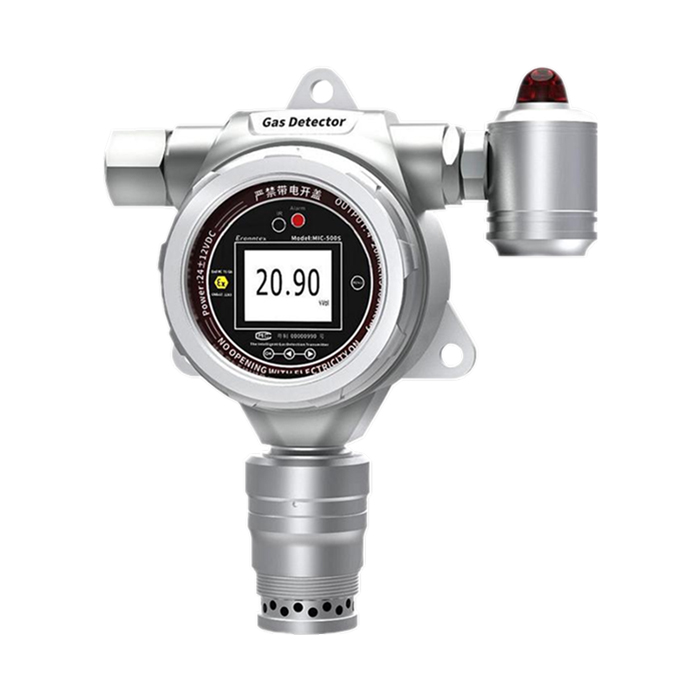
Core Functionality: From “Passive Defense” to “Proactive Alerting”
The primary task of combustible gas detectors is to monitor the concentration of flammable gases (such as methane, propane, hydrogen, etc.) in the air and trigger alarms when concentrations exceed safe thresholds. Their applications span industrial production, home protection, environmental monitoring, and other domains:
Industrial Settings: Detecting methane leaks in storage tank areas and pipelines at refineries and chemical plants; real-time monitoring of methane (gas) concentrations in coal mines to prevent explosions.
Residential & Commercial: Installing natural gas or LPG detectors in kitchens and boiler rooms to prevent poisoning or fires from gas leaks; ensuring customer safety in public spaces like malls and hotels through fixed detectors.
Special Environments: Using portable detectors to confirm gas safety before entering confined spaces (e.g., storage tanks, sewers); employing infrared sensors on offshore drilling platforms to monitor complex gas environments.
Working Principle: Analysis of Three Major Technical Approaches
The “sense of smell” of combustible gas detectors relies on sensor technology. Currently, three mainstream sensor types each have their advantages and disadvantages, suited for different application scenarios:
1. Catalytic Combustion Sensor: The “Cost-Effective Choice” for Industrial Applications
Principle: A platinum wire catalyst inside the sensor undergoes flameless combustion with combustible gases at high temperatures. The generated heat increases the platinum wire's resistance, and gas concentration is calculated based on this resistance change.
Characteristics:
Advantages: Fast response speed, strong anti-interference capability, suitable for low-concentration gas detection.
Limitations: Requires oxygen support; cannot operate in oxygen-deficient environments (e.g., sealed storage tanks). Prone to “poisoning” by substances like sulfides and silicates, necessitating regular calibration.
Applications: Conventional industrial settings such as chemical plants and gas stations.
2. Infrared Sensor (NDIR): The “Stable Guardian” for Complex Environments
Principle: Utilizes combustible gases' absorption characteristics in specific infrared bands, calculating concentration via light intensity attenuation.
Characteristics:
Advantages: Oxygen-independent, suitable for oxygen-deficient environments; strong resistance to poisoning with a lifespan up to 5 years; high precision, suitable for high-concentration scenarios or those with complex background gases (e.g., natural gas pipelines).
Limitations: Higher cost, strong selectivity for specific gas types.
Applications: High-risk environments like coal mines, offshore drilling platforms, and wastewater treatment plants.
3. Semiconductor Sensor: The “Economical Solution” for Civil Markets
Principle: Semiconductor materials (e.g., tin dioxide) react with combustible gases when heated, causing resistance changes. Concentration is calculated based on resistance values.
Characteristics:
Advantages: Low cost and compact size, suitable for homes and small commercial spaces.
Limitations: Poor stability, susceptible to ambient temperature and humidity; low selectivity, may trigger false alarms for non-combustible gases.
Applications: Household gas detectors, portable inspection devices.
Technological Evolution: From Single Detection to Smart Interconnection
With advancements in IoT and AI technologies, combustible gas detectors are evolving from “passive alarms” to “active defense”:
Smart Interlocking: Automated leak response through 4-20mA, RS485, or Modbus signals linking to fans, valves, and other equipment.
Multi-Gas Detection: Integrated sensors for combustible gases, oxygen, and toxic gases (e.g., CO) for comprehensive environmental risk assessment.
Miniaturization & Low Power: MEMS (Micro-Electro-Mechanical Systems) technology reduces sensor size to millimeter scale, enabling wearable devices or drone inspections.
Global Standards and Selection Guide
Certification standards for combustible gas detectors vary by country and region. Key parameters to consider during selection include:
Explosion-proof rating: Industrial applications require compliance with ATEX (EU), IECEx (International), or UL (US) certifications.
Detection range: Typically specified as a percentage of the Lower Explosive Limit (LEL), e.g., 0-100% LEL.
Response time (T90): Time required for the gas concentration to reach 90% of the reading; industrial-grade devices generally require ≤30 seconds.
Alarm Threshold:
Primary alarm set at 10-20% LEL; secondary alarm set at 40-50% LEL.
Conclusion: Safety is no small matter; prevention is key.
Flammable gas detectors serve not only as “safety sentinels” in industrial production but also as “invisible guardians” in household life. From catalytic combustion to infrared sensing, from single-gas detection to intelligent interlocking, technological advancements enable earlier detection and more precise control of gas leakage risks. Whether for factory managers, safety engineers, or ordinary household users, selecting detectors suited to specific scenarios and performing regular maintenance ensures this “small device” delivers “big impact,” truly safeguarding lives and property.
Related information
-
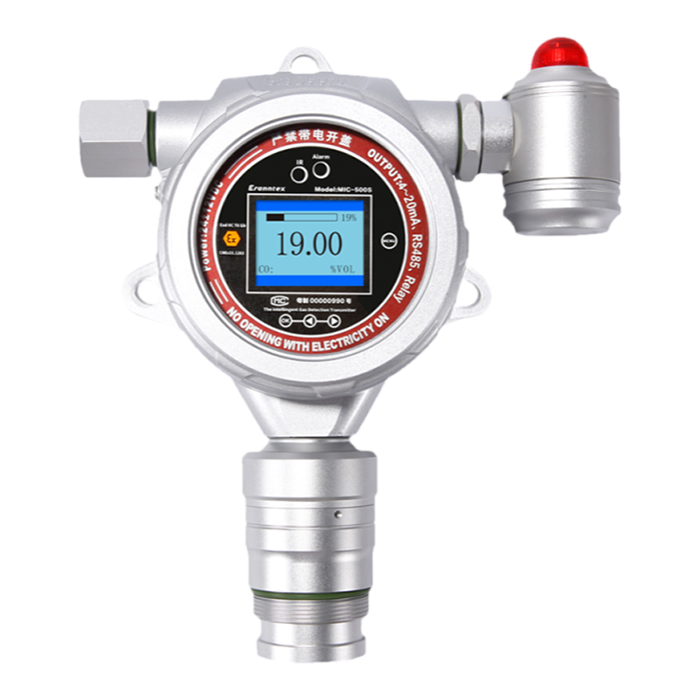
Combustible Gas Detectors: Your First Line of Defense
In today\'s society, whether in cosy domestic settings, bustling industrial environments, or challenging outdoor work zones, combu...
2025-10-31 -

How to Test Your Oxygen Detectors Effectively?
In today\'s society, where safety and health are paramount, oxygen detectors serve as vital equipment safeguarding us from the d...
2025-10-29 -

Oxygen Detectors: Your Key to a Safer Environment
In the global pursuit of safety and healthy living, oxygen detectors are increasingly becoming indispensable equipment for safeg...
2025-10-27 -
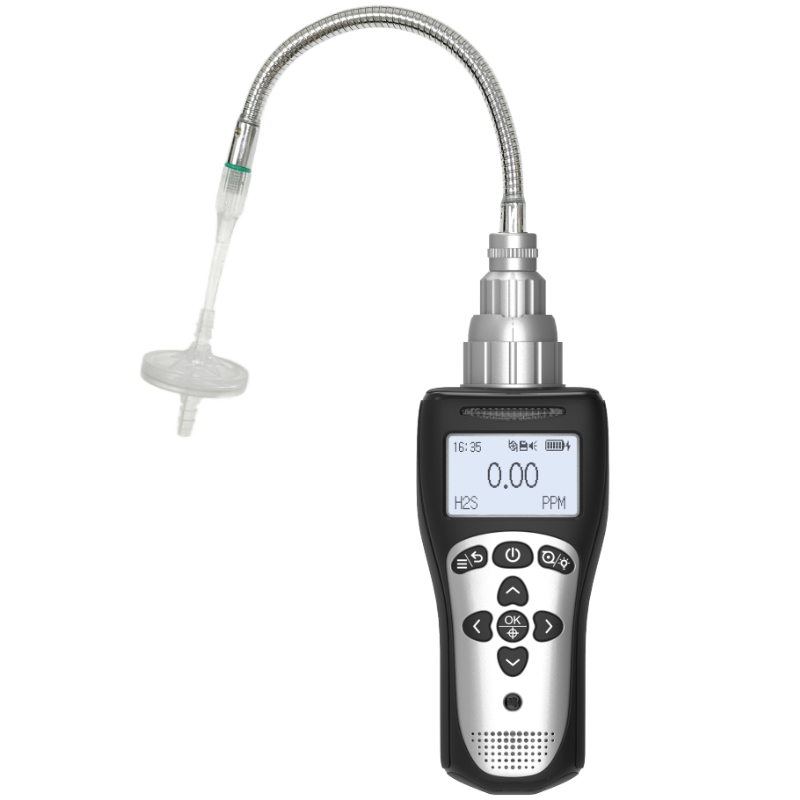
6 Types of Oxygen Detectors You Should Know About
In countless industrial, commercial, and research settings, oxygen serves as both the source of life and a potential hazard. Insuf...
2025-10-24 -

How Often Should You Replace Your Oxygen Detectors?
In today\'s society, oxygen detectors play a vital role across industrial production, underground operations, and specific domesti...
2025-10-22

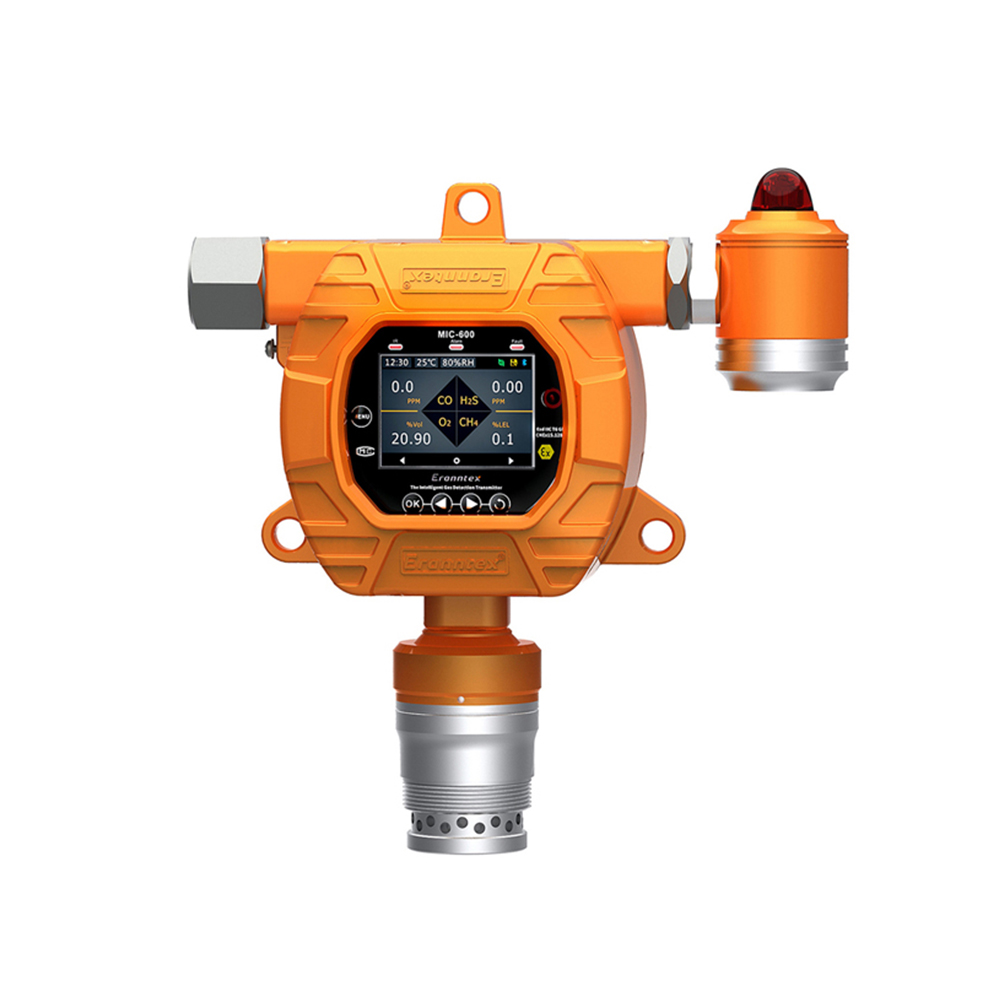
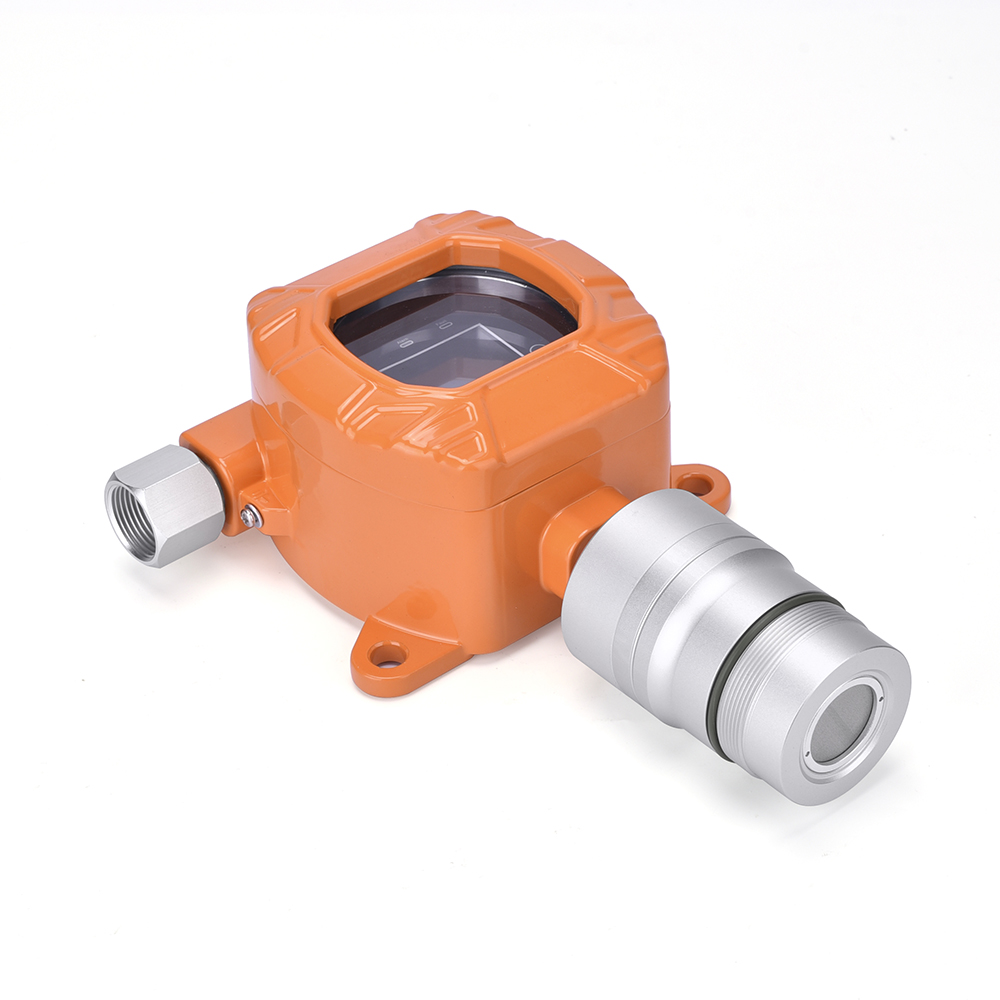
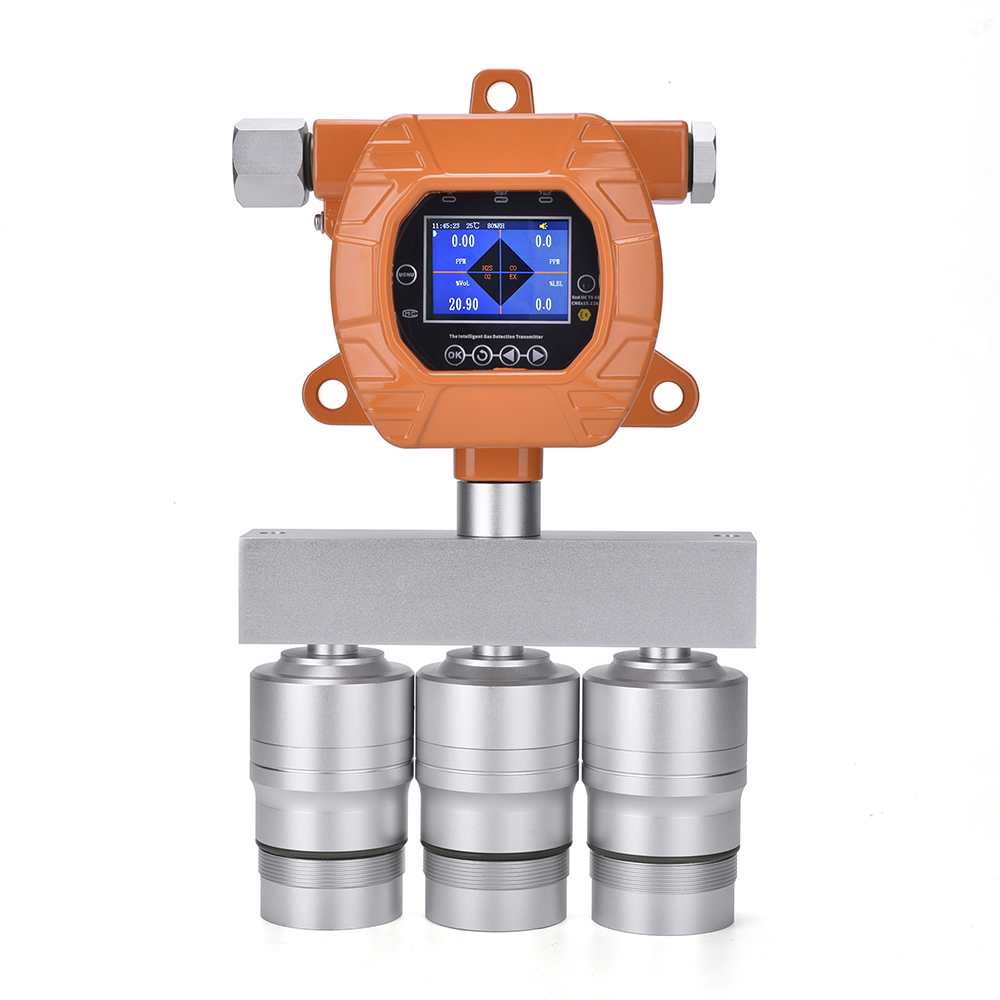

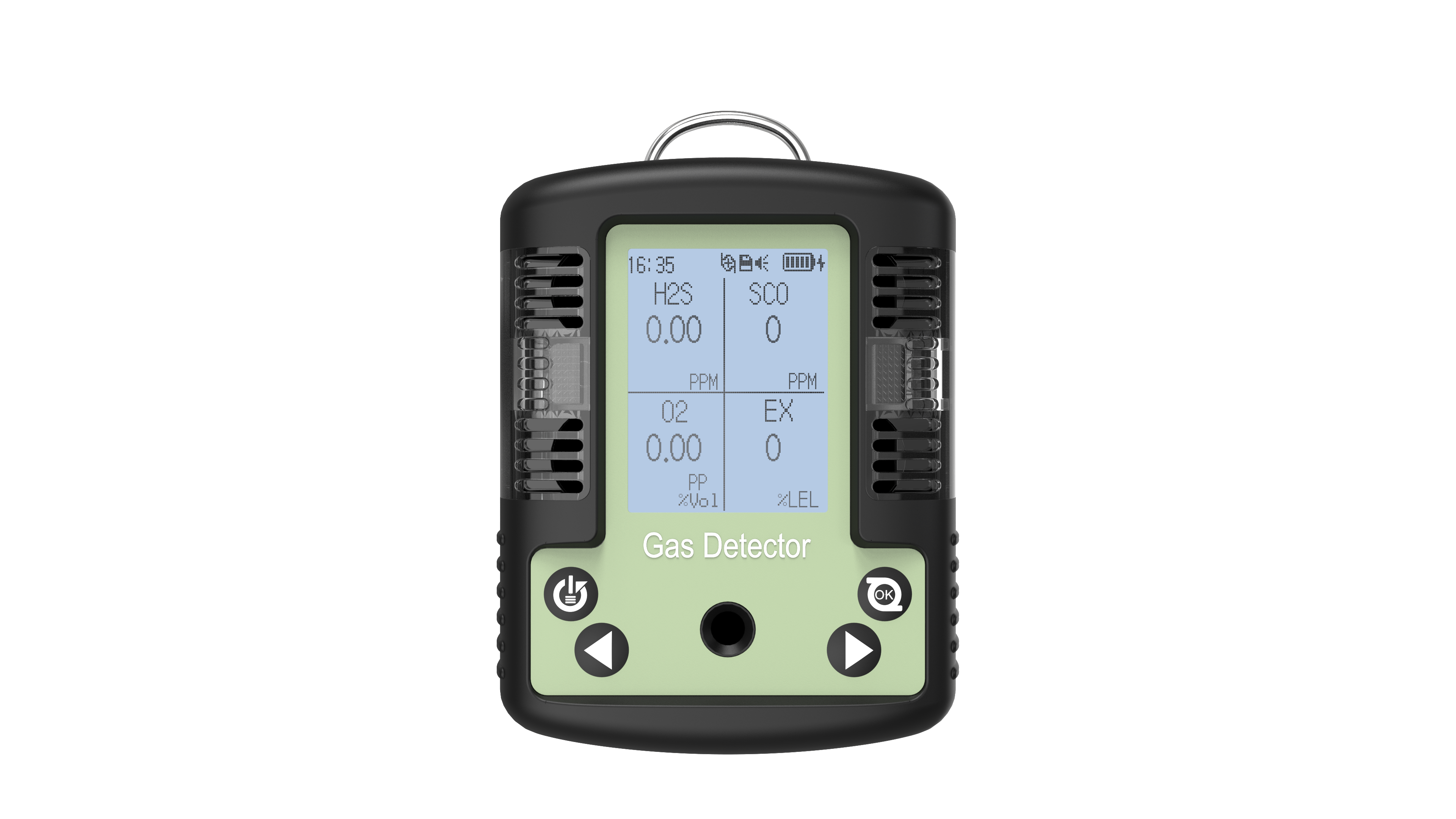

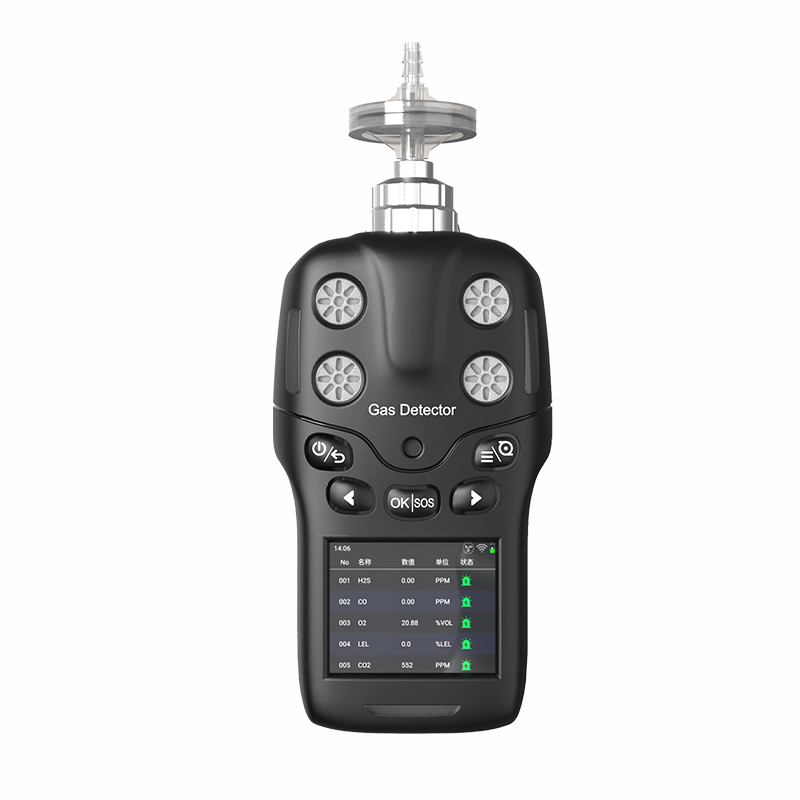

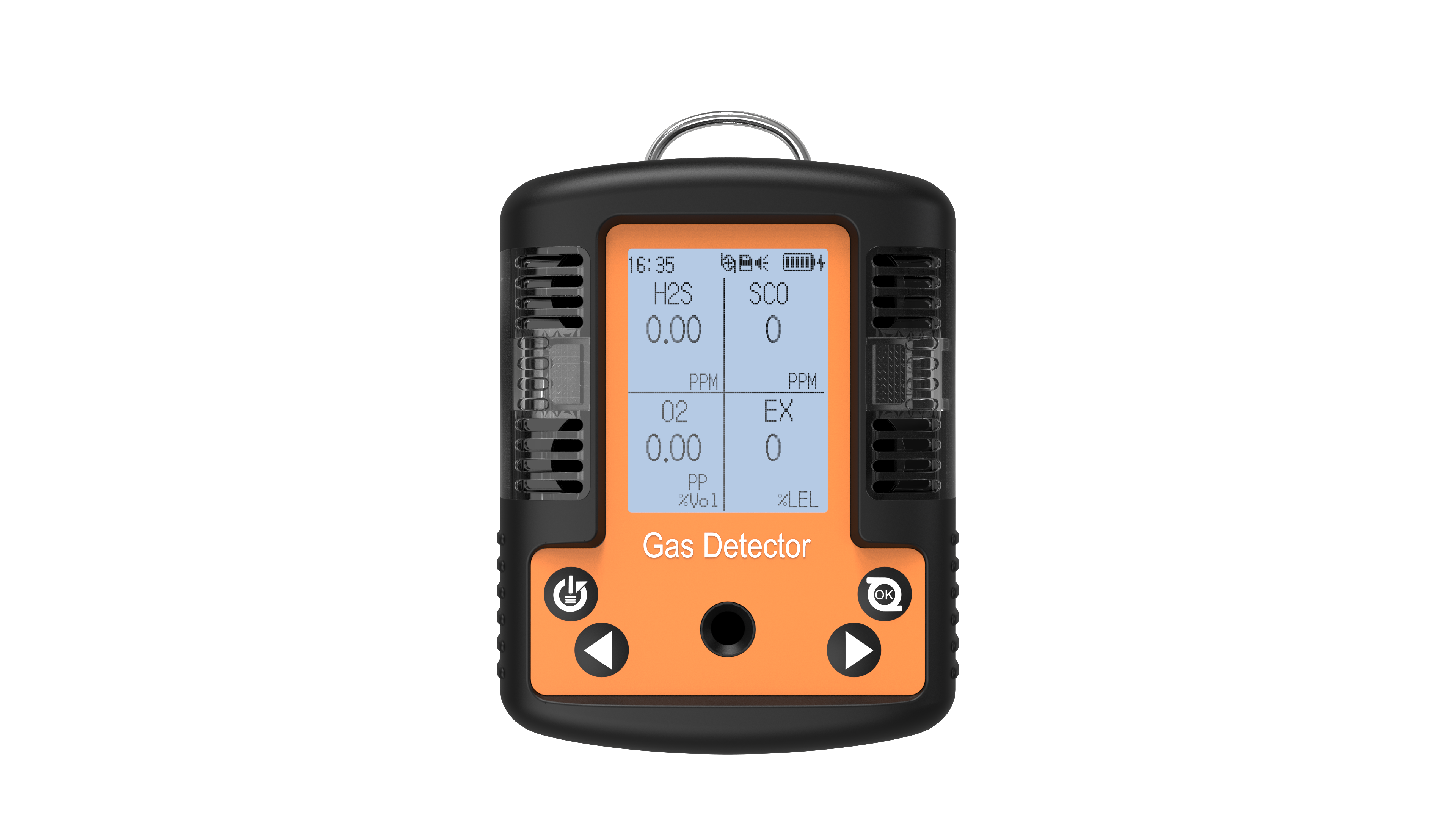
 info@eranntexgas.com
info@eranntexgas.com


 13480931872
13480931872